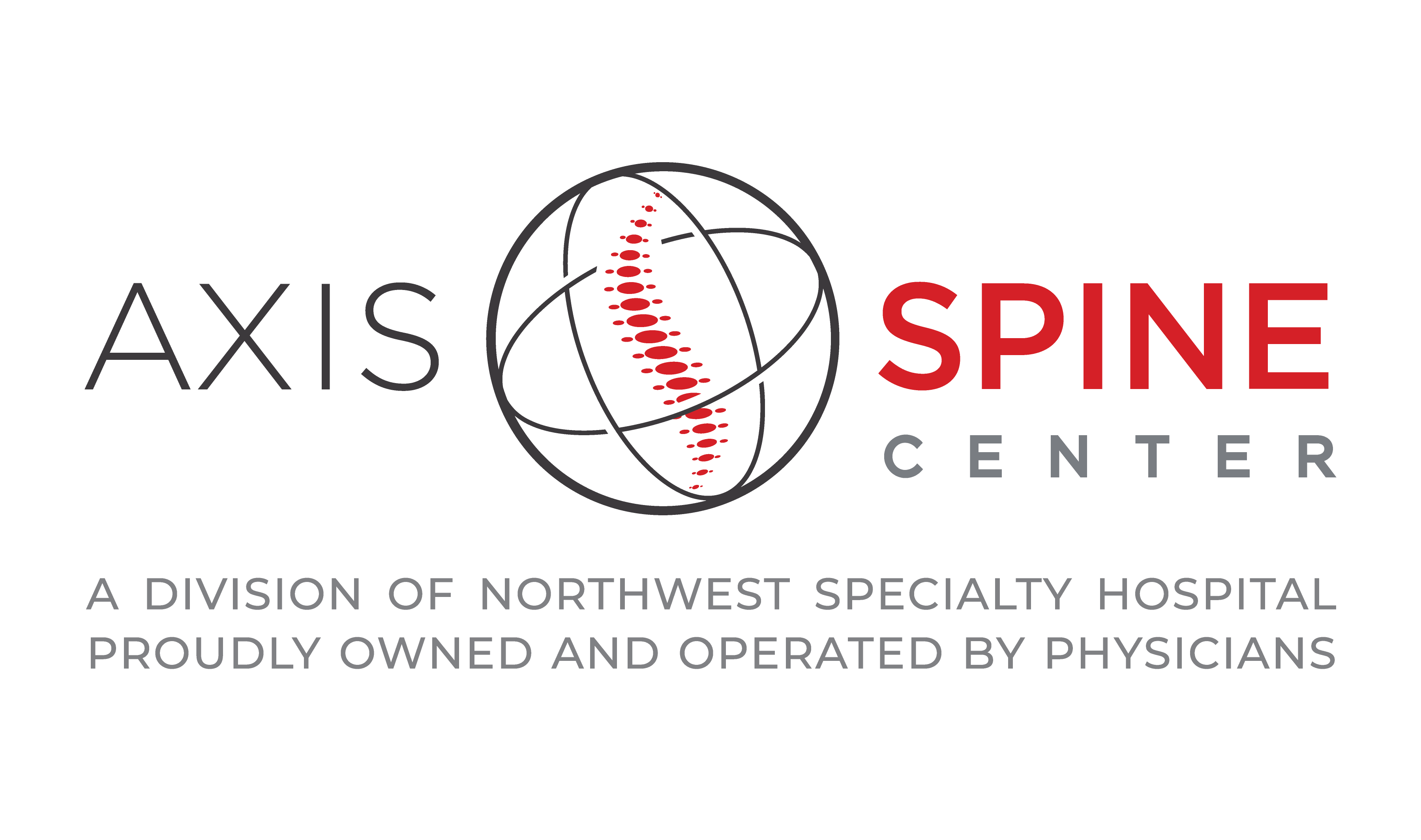
Lumbar Radiofrequency Ablation (RFA)
A lumbar radiofrequency ablation (RFA) is an outpatient procedure that relieves pain in the lower back, buttock, hip, and groin. Other names for this procedure are lumbar facet thermal coagulation and rhizotomy.
Facet joints are the joints found on both sides of the spine that connect the vertebrae and help guide you when you move. Each facet joint is about the size of a thumbnail. The low back area of the spine is called the lumbar region and contains five vertebrae with facet joints.
Lumbar facet joints are named for the vertebrae they connect and the side of the spine they sit on. For example, the right L4-5 facet joint joins the fourth and fifth lumbar vertebrae on the right side. Near the facet joints are medial branch nerves that transmit pain signals from the facet joints to the brain. They report to the brain if a facet joint has been injured.
You may feel pain if a lumbar facet joint is injured. The pain can range from mild, like muscle tension, to more severe. There are two places where an injury may occur: the cartilage inside of the joint or the ligaments surrounding it.
Facet pain will be localized depending on which facet joint is affected. Pain from lumbar facet joints occurs in any area from your low back down to your buttocks, with pain in the groin and hips being common.
X-rays and MRIs may not always show if a facet joint is the cause of your pain, so we will often rely on alternative diagnostic methods. The best way to diagnose facet pain is to block the pain signal in a medial branch nerve by numbing it with a local anesthetic.
RFA uses radiofrequency energy to disrupt nerve function and block corresponding pain signals. When this is done to a lumbar medial branch nerve, the nerve can no longer transmit pain from an injured facet joint to your brain.
First, a local anesthetic will be used to numb your skin. Once you are numb, your doctor will insert a small needle into the area near the facet joint. To get the positioning of the needle exactly right, your doctor will use a fluoroscopy (a type of x-ray) to get a better look. Your doctor will also check to make sure the needle is in the correct nerve by stimulating it. This process may cause muscle twitches and temporarily provoke some of your pain.
However, once the needle is properly placed, the nerve will be completely numbed. Radiofrequency energy will then be used to disrupt the medial branch’s nerve transmissions. This is often repeated at more than one level of the spine to ensure each pain point is addressed.
You may be monitored for up to 30 minutes after the RFA before you’re cleared to leave. Our staff will provide you with discharge instructions and a pain diary. The pain diary is used to track your progress and determine how effective the RFA has been, so it’s important to use it. Be cautious in your movements for the remainder of the day.
You may feel sore for up to four days after your RFA. This soreness is caused by muscle and nerve irritation. Your back may feel numb, weak, or itchy for up to a couple of weeks. Maximum pain relief usually presents itself around two to three weeks after your RFA, but it can take as long as six to eight weeks in some cases.
Nerves can regenerate after an RFA, so the extent and duration of pain relief can vary between patients. Your pain may or may not return when the nerves regenerate. If your pain returns, another RFA can be performed.
